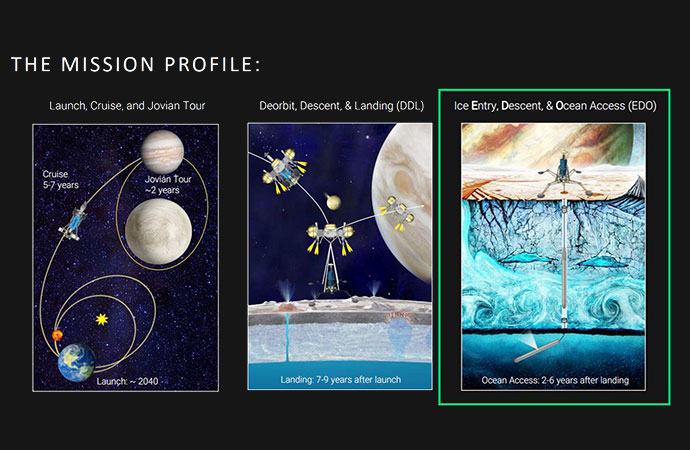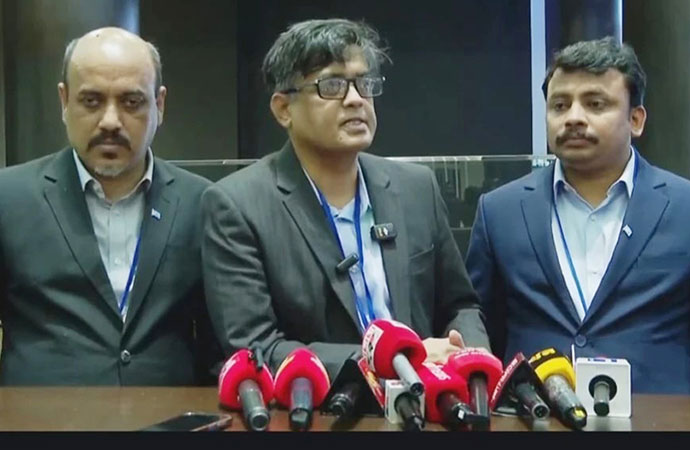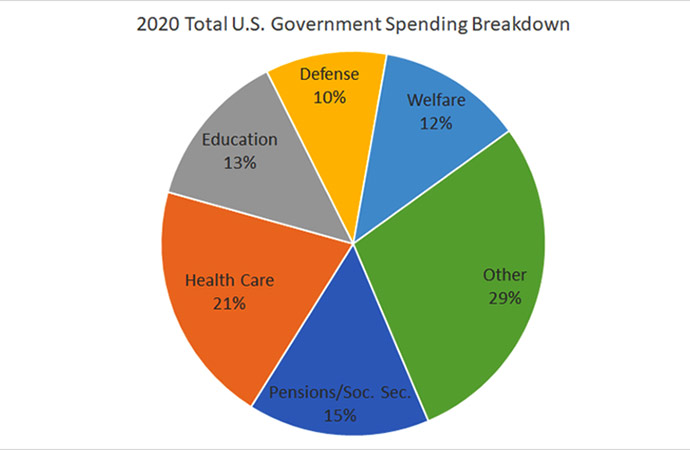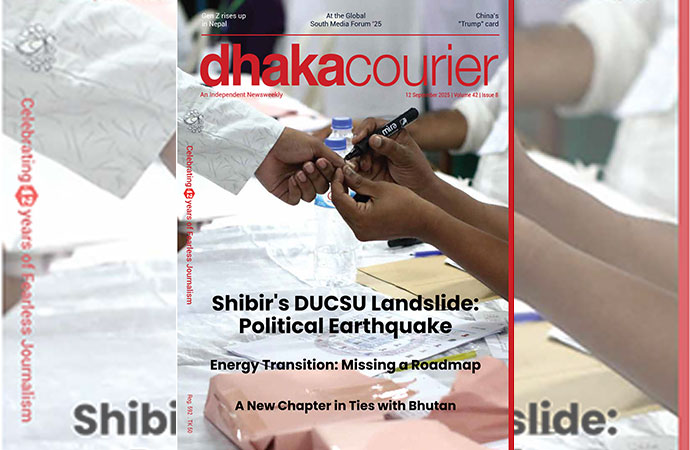Technology

Image: Mission Profile, Source: Ben Hockman, Cryobot Mission Concept from USRA 2023 Workshop
In the coming decades, a new drilling frontier awaits, one exponentially more exciting than the desert oil fields that defined the last century. The pursuit of extraterrestrial life on the ocean worlds Europa and Enceladus has ignited what industry insiders are calling the "Frozen Olympics", all with dreams to explore and exploit the vastness of space in environments hitherto undreamt of.
Cold Drill Off
The engineering challenge is staggering. While terrestrial ice drilling operations rarely exceed depths of 3,000 meters, these next generation cryobots must melt through ice shells reaching 25 kilometers thick. Drilling roughly eight times deeper than Earth's thickest ice sheets, NASA's Scientific Exploration Subsurface Access Mechanism for Europa , or SESAME program has been developing what mission architects call "nuclear-thermal penetrators", as cylindrical robots, equipped with radioisotope heating units, melt through ice at rates approaching one meter per hour.
The latest prototypes, tested extensively at Caltech facilities, incorporate a NASA issued descript 10th generation autonomous navigation systems, AI powered guidance computers that can identify and respond to subsurface obstacles in real time without Earth based intervention. These systems must operate with low latency responses, as even light speed communications between Earth and Jupiter require 33 to 52 minutes each way, making remote piloting impossible during critical descent.
Perhaps most remarkably, being developed are 6G adjacent communication arrays, designed to function through kilometers of shifting ice. Dr. Benjamin Hockman's team at NASA's JPL has developed thermal management systems in the robot's titanium skin, while simultaneously heat managing the interface between the probe and surrounding ice melt water. Early field tests in Antarctica have achieved communication penetration through 500 meters of ice.
The mission timeline is aggressive, following Europa Clipper's successful October 2024 launch and scheduled arrival at Jupiter in April 2030. The spacecraft will conduct 49 precision flybys to map potential drilling sites and characterize subsurface hazards. Mission planners anticipate launching the first cryobot mission around 2040, with ocean access potentially achieved by the mid 2040s, representing humanity's first direct sampling of an alien ocean.
Current testing regimens include validating thermal systems capable of maintaining operational temperatures in environments reaching minus 180 degrees Celsius, while hazard mitigation protocols address everything from sulfuric acid concentrations that could corrode drilling components to massive salt seeps and unpredictable void spaces that could trap the probe.
Why One Clip of Ice Might Rewrite the Cosmos
Space scientists are, if nothing else, romantics, believing that a critical discovery may be tucked inside one microscopic fleck of frozen mist spewed from the Jovian moons. A penchant for mass spectrometry might be all it takes for the Europa Clipper mission.
A fleck of Enceladus's chilly ocean spray might uncover the secrets to all existence. No longer must we contemplate brute force missions lugging ice augers, industrial heaters, or mini labs. Instead, advanced instruments will "sniff" plumes from deep below for molecular hints at a siege.
The scientific foundations are based on data collected by the Cassini mission, which demonstrated plume particles containing complex organic compounds, amino acid precursors, and other biomarker candidates. A single grain of Jovian ice, properly analyzed, could provide definitive evidence of biological activity through isotopic ratios, molecular chirality, and specific organic compound signatures.
But what if all those exciting organic compounds are not, in fact, happy signs of bustling ecosystems but by-products of cosmic radiation slapping ice with subatomic fists? Recent studies published in the journal of Astrobiology propose that high energy particle bombardment from solar winds and planetary magnetic fields can generate organic molecules through purely abiotic processes. Potentially mimicking genuine biological signatures, these molecules then become less evidence of space squids and more reminders of the universe's proclivity for overcomplicating things.
The Agenda for Cosmic Gold
The pursuit of life under alien ice is no longer exclusive to NASA's lab coat army, as the venture has evolved far beyond NASA's traditional government monopoly, transforming into a battleground where venture capitalists scrutinize cryobot patents alongside quarterly earnings reports.
Private space investment, which reached $6.5 billion in the first quarter of 2024 alone, has fundamentally altered the competition in exploration, creating a contest transcending prestige, intellectual property rights, resource extraction motives and far, far beyond scientific discovery.
The European Space Agency's funding architecture exemplifies this new paradigm. ESA's Business Incubation Centre network has supported over 250 space startups every two years since 2020, with current valuations exceeding $12.6 billion, a 25 fold increase from 2016.
The ESA Marketplace operates as a celestial stock exchange, where ScaleUp Invest facilitates co-investment opportunities for established companies seeking horizontal or vertical expansion, coordinating more than 50 venture capital funds and banking institutions specifically focused on space sector opportunities. Their framework offers zero equity investments starting from €50,000 for basic incubation, creating a systematic pipeline from concept to commercial deployment.
In contrast, the United States maintains its traditional approach through NASA's Research Opportunities in Space and Earth Science (ROSES) program, which allocated $135 billion in government funding for 2024. However, American policy increasingly emphasizes public private partnerships, with companies like SpaceX and Blue Origin securing multi billion dollar contracts. The U.S. model requires private entities to contribute between 20-50% of project costs while mandating public dissemination of fundamental research, essentially socializing risk while privatizing potential returns.
Conversely, China's exclusion from International Space Station collaborations has prompted the development of alternative partnerships through the Belt and Road Initiative's Space Information Corridor, strengthening bonds with Asia, Africa, and Latin America. China's BeiDou satellite navigation system directly challenges GPS and Galileo systems, while the country's planned International Lunar Research Station with Russia positions Chinese led coalitions as competitors to the Artemis program.
The Artemis Accords, signed by 43 nations, most recently including Bangladesh, explicitly legitimize space resource extraction, representing a significant departure from traditional interpretations of the Outer Space Treaty's non appropriation principles.
Section 10 of the Accords declares that "extraction and utilization of space resources" does not constitute national appropriation, creating a legal framework that enables commercial mining operations on celestial bodies. This development has triggered a cascade of legislative overtures, with the United States, Luxembourg, the UAE, and Japan enacting domestic laws that grant property rights to extracted space resources, effectively establishing parallel legal systems that operate outside traditional international space law.
The economic stakes are substantial. Morgan Stanley projects the global space economy will reach $1 trillion by the 2040s, with ocean world exploration potentially representing a significant portion of that market through technology licensing and data commercialization, and eventual resource extraction operations.
As hundreds of scientists, investors, engineers, and philosophers square off, history may be written with a single grain of ice, or foiled by the callous but intended consequences of Big Space. As far as cosmic soap operas go, the stakes have seldom been colder.
Shoumik Zubyer is a freelance writer

























Leave a Comment
Recent Posts
Religion and Politics: A Toxic ...
At Dhaka University, cafeteria workers have been told not to wear shor ...
Enayetullah Khan joins AsiaNet ...
AsiaNet’s annual board meeting and forum was held in Singapore, ...
In a New York minute
Many leaders back a UN call to address challenges to ..
Defaulted loans at Non-Bank Financial Institutions ( ..
How the late Zubeen Garg embodied cultural affinitie ..